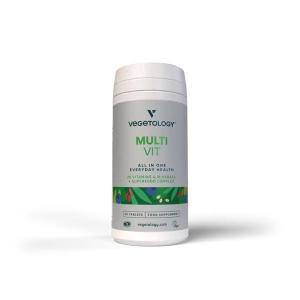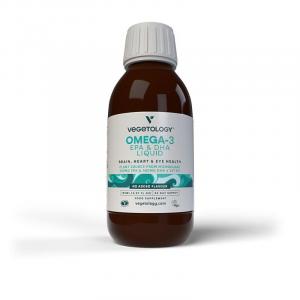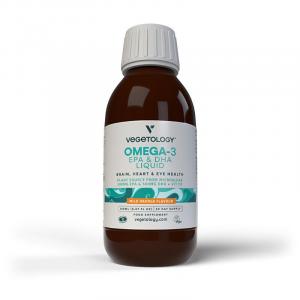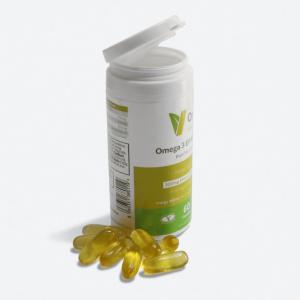
What works better for stretch marks during pregnancy, cream or oil?

Why Do Stretch Marks Occur During Pregnancy and What Really Works Against Them?
Pregnancy is a fascinating period full of joy, anticipation, and significant changes—not just psychological but also physical. One of the most common concerns for expectant mothers is stretch marks during pregnancy. These small but often very noticeable scars appear on the belly, breasts, thighs, and hips and result from the rapid stretching of the skin. But what really helps? Cream for stretch marks during pregnancy? Or is oil for stretch marks during pregnancy better? And is there even a best oil for stretch marks during pregnancy that truly works?
Stretch marks, scientifically known as striae gravidarum, occur when the deeper layer of skin—the dermis—stretches beyond its elasticity. This process usually happens very quickly, and the skin doesn't have time to adjust. As a result, small tears occur, leaving the typical pink, purple, or whitish lines. This most often happens during pregnancy, when the body changes almost daily.
Why Do Some Women Get Stretch Marks and Others Don't?
There are several factors. Genetic predisposition plays a crucial role—if your mother or grandmother had stretch marks, it's likely you will, too. It also depends on the type of skin, its hydration, elasticity, and the speed of weight gain. Women who gain more weight or gain it quickly during pregnancy are more likely to develop stretch marks. The same goes if expecting twins or having naturally drier skin.
Interestingly, not all stretch marks are the same. They initially appear red or purple because blood vessels shine through the skin. Over time, they fade and become less noticeable. Even though they never completely disappear, their appearance can be significantly reduced—and this is where proper care comes in.
What Really Helps Against Stretch Marks During Pregnancy?
There are literally dozens of products on the market promising the prevention and reduction of stretch marks—from creams to oils, butters, and serums. Many of them have similar compositions and rely on natural ingredients that support skin elasticity. The most commonly recommended options include:
- Almond oil – rich in vitamins A and E, excellent for hydration and soothing
- Shea butter – highly nourishing, suitable for dry and sensitive skin
- Rose oil – known for its regenerative properties
- Coconut oil – a versatile helper with anti-inflammatory effects
- Creams with collagen and elastin – support the formation of new skin cells
It's important to note that no product can completely prevent stretch marks if a woman has a strong genetic predisposition for their development. However, they can reduce their intensity and visibility while also supporting overall skin health.
One of the key rules is regular application. If the cream or oil is used once a week, changes are unlikely. Ideally, apply it twice daily—morning and evening—in gentle circular motions on the belly, hips, thighs, and breasts. Massage also promotes blood circulation and the absorption of active ingredients.
Cream vs. Oil
The debate over whether cream or oil for stretch marks during pregnancy is more effective is eternal. The truth is, both forms have their benefits. Creams are usually lighter, absorb more easily, and often contain specific active ingredients like retinol (though caution is needed during pregnancy—some ingredients aren't recommended!). Oils are more nourishing and better lock in moisture in the skin, making them ideal for women with dry or sensitive skin.
Many mothers have favored combining both—a light cream in the morning, a richer oil in the evening. And what specifically is considered the best oil for stretch marks during pregnancy? Favorites include bio argan oil, rosehip oil, or blended formulas with vitamin E. It's important that the composition is natural and safe, ideally without fragrance and synthetic preservatives.
For example, the brand Weleda offers a plant oil designed specifically for pregnant women, which is popular not only for its effectiveness but also for its gentle fragrance and gentle composition. Similarly, Czech brands like Nobilis Tilia or Purity Vision offer quality natural products without chemicals.
A Real-Life Example
Petra, a mother of two, shares her experience: "During my first pregnancy, I started applying cream only from the fifth month and got stretch marks on my sides. In my second pregnancy, I started right from the beginning and was really diligent—twice a day, alternating shea butter and rosehip oil. And the result? Not a single new stretch mark. It's about regularity, not a miraculous product."
These words confirm what dermatologists say—the most important thing is prevention. If you start caring for your skin early, you're much more likely to either avoid stretch marks altogether or minimize them.
What Else Helps?
Apart from external care, what we eat and how we care for ourselves from the inside plays an important role. Hydration is key—plenty of water helps keep the skin supple and resilient. It's also beneficial to include foods rich in omega-3 fatty acids, vitamin C, zinc, and collagen. For example, salmon, avocado, citrus fruits, nuts, and bone broths are great additions to the diet.
Try our natural products
And what about exercise? Gentle prenatal yoga or walks help maintain circulation, which positively affects the skin's condition. Moreover, exercise brings mental well-being, which is as important during pregnancy as the physical aspect.
According to a study published in the scientific journal Journal of Clinical Nursing, women who regularly cared for their skin reported less pronounced stretch marks than those who neglected care. Although the numbers aren't definitive, the trend is clear—care matters.
Stretch marks are nothing a woman should be ashamed of. They are a natural part of pregnancy, just like a growing belly or mood changes. But just as we deserve comfortable clothing and quality food, our skin deserves the best care. Whether you choose a cream, oil, butter, or a combination, the important thing is that you're giving your body the attention it deserves. Because a body that gives life deserves love and respect—not just from the outside, but also from within.





